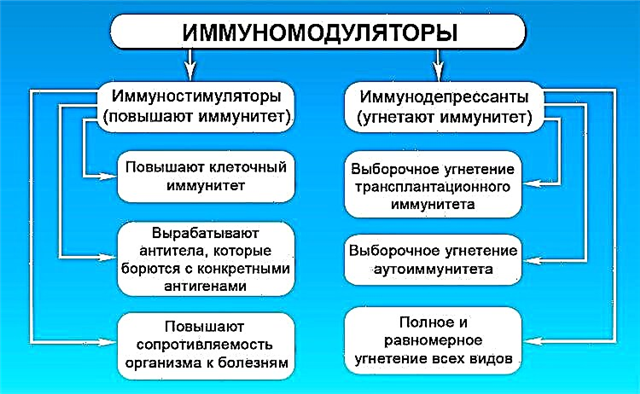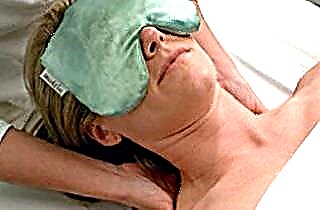What is the reposition of the nasal bones is well understood by surgeons, traumatologists and otolaryngologists, that is, specialists who, by the nature of their work, are faced with various types of facial injuries. A fairly frequent companion of a car accident, a fight is a traumatic injury to the nose. It can manifest itself as a bruise of soft tissues, abrasions, as well as a fracture of bones and cartilaginous tissue.
Reduction of the nasal bones is a procedure aimed at placing the displaced bone formations in their original place.
This manipulation is indicated for a fracture accompanied by displacement of bone fragments. It consists in the fact that under local anesthesia, the doctor puts the bones in their original place with his hands.
Technique of the procedure
The procedure is carried out in a horizontal position of the patient. Local anesthesia is used to relieve pain. Solutions of lidocaine, ultracaine, injected into the fracture area, are used as anesthetics. Since local anesthetics are often allergens, it is important to clarify the patient's tolerance to the drugs. As a method of anesthesia, gauze turundas soaked in an anesthetic solution can also be used.
A few minutes after the injection of the anesthetic, the doctor begins the direct reduction. The technique of the procedure depends on the existing violations. When the nose is displaced in any direction, the actions of the surgeon's thumb are directed in the direction opposite to the existing deviation.
For depressed fractures, which most often occur when striking with a fist, surgical instruments are additionally used. Having introduced the elevator into the common nasal passage, the specialist lifts the depressed fragments with its end. With the help of such a surgical instrument, bone fragments are returned to their original position, then fixed. Often, the nature of the injury is such that the nose is adjusted in a combined manner using the necessary surgical instruments.
Confirmation of a successful manipulation is the presence of a crunch that occurs when the bones are returned to their place.
 Subsequent tamponade is carried out using special dense gauze tampons, allowing you to fix and maintain the shape of the nose. They close the nasal passages for several days.
Subsequent tamponade is carried out using special dense gauze tampons, allowing you to fix and maintain the shape of the nose. They close the nasal passages for several days.
Some professionals use gauze swabs soaked in petroleum jelly. Such a tampon is placed only under the arch of the nose, and therefore, most of the nasal cavity remains free and accessible for nasal breathing. A dense gauze or gel bandage is applied on top of the back, which is also an auxiliary fixing frame.
Some treatment centers use gauze turunda soaked in paraffin heated to 45-50 degrees. When frozen, it is a powerful fixator of bone fragments. In addition, by palpating the nasal dorsum, it is possible to simulate its shape. With such a tamponade, the lower nasal passage also remains free, providing nasal breathing and outflow of the discharge.
After 5-6 days, the turunda can be painlessly removed from the nasal cavity.
Dates of the
The procedure should be carried out in the first few hours after the injury, or on the 5-6th day.
These terms are due to the fact that this intervention is easier to carry out when the edema accompanying any fracture is less pronounced. In this case, the results of the performed reduction are more obvious. Since the maximum edema develops several hours after the development of the fracture and persists for several days, this fact determines the best time for reduction.
In cases where there are relative contraindications, or the patient needs additional examinations, it is a logical decision to temporarily refrain from carrying out the manipulation. After a few days, when the swelling subsides, the situation will become more obvious. The decision to set the nose 5-6 days after the injury is often more balanced and justified.
Reduction of the nose at a later date under local anesthesia will be more difficult and much more painful. After 3-4 weeks after the injury, callus will begin to form, reposition of the nose in these conditions will already be contraindicated. In this case, surgery can be applied under general anesthesia.
Indications for the procedure
 Fractures of the nasal bones can be open or closed. In addition, when they are displaced relative to their location, we are already talking about a fracture with displacement. It is this type of injury that is the indication for the reduction of bone fragments. Clarification of the diagnosis in this case does not seem difficult, since the main characteristics of a fracture with displacement of bone fragments are the following signs:
Fractures of the nasal bones can be open or closed. In addition, when they are displaced relative to their location, we are already talking about a fracture with displacement. It is this type of injury that is the indication for the reduction of bone fragments. Clarification of the diagnosis in this case does not seem difficult, since the main characteristics of a fracture with displacement of bone fragments are the following signs:
- the presence of nosebleeds;
- asymmetry of the face, marked by the displacement of the nose to one side or the other, as well as its depression; pronounced swelling not only of the nose, but also of the paraorbital region;
- painful sensations, both when touching the affected area, and at rest;
- lack of nasal breathing and smell;
- crunching sensation on palpation.
The dangers of nasal fracture are that this injury is often combined with a concussion or other damage to the brain. Clarification of the localization of the lesion is an important factor in the correct treatment of the patient.
A relative contraindication to emergency nose reduction is the patient's serious condition, the presence of a traumatic brain injury, concussion.
Before starting the procedure, it is necessary to diagnose other violations, to clarify their nature and localization. For this, X-ray examination, computed and magnetic resonance imaging are used. An advanced case of osteomyelitis can also be a contraindication to bone reduction.
Location
The question of how to correct your nose at home is incorrect. Only an experienced specialist, otolaryngologist, traumatologist or surgeon can perform repositioning of the nasal bones. Unprofessional actions can lead to an aggravation of the process, additional trauma to the surrounding soft tissues, and improper fusion of bone fragments. Incorrect procedure is dangerous with such complications:
 curvature of the nasal septum;
curvature of the nasal septum;- the development of a hematoma, which can fester and lead to the melting of the cartilage and the spread of the purulent process to the soft and hard structures of the brain;
- narrowing of the nasal passages;
- the formation of a saddle-shaped notch on the back;
- lateral displacement of the nose.
To prevent such complications, the patient should be sent to a hospital and hospitalized immediately after the injury.

 Reduction of the nasal bones is a procedure aimed at placing the displaced bone formations in their original place.
Reduction of the nasal bones is a procedure aimed at placing the displaced bone formations in their original place. curvature of the nasal septum;
curvature of the nasal septum;

